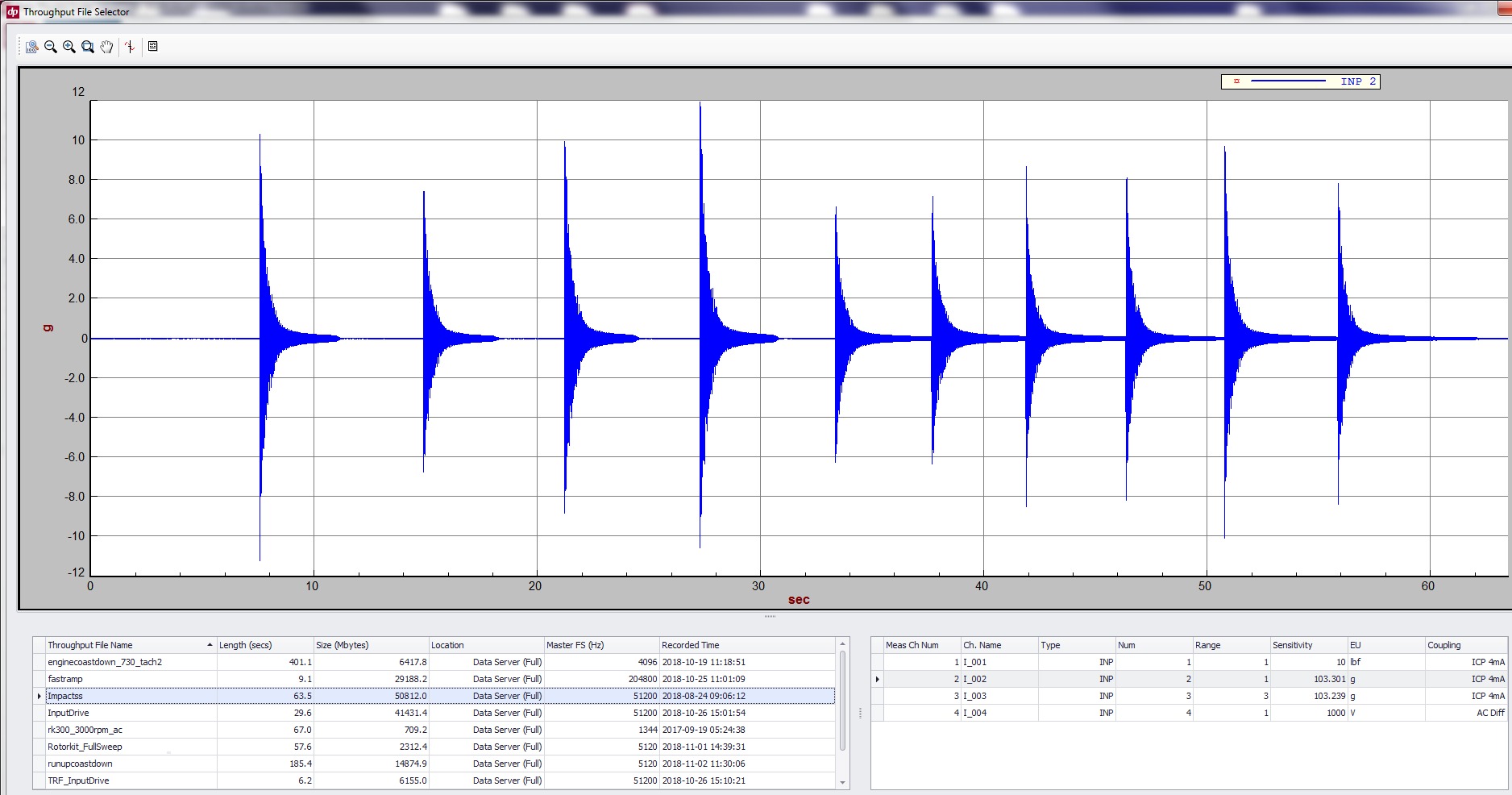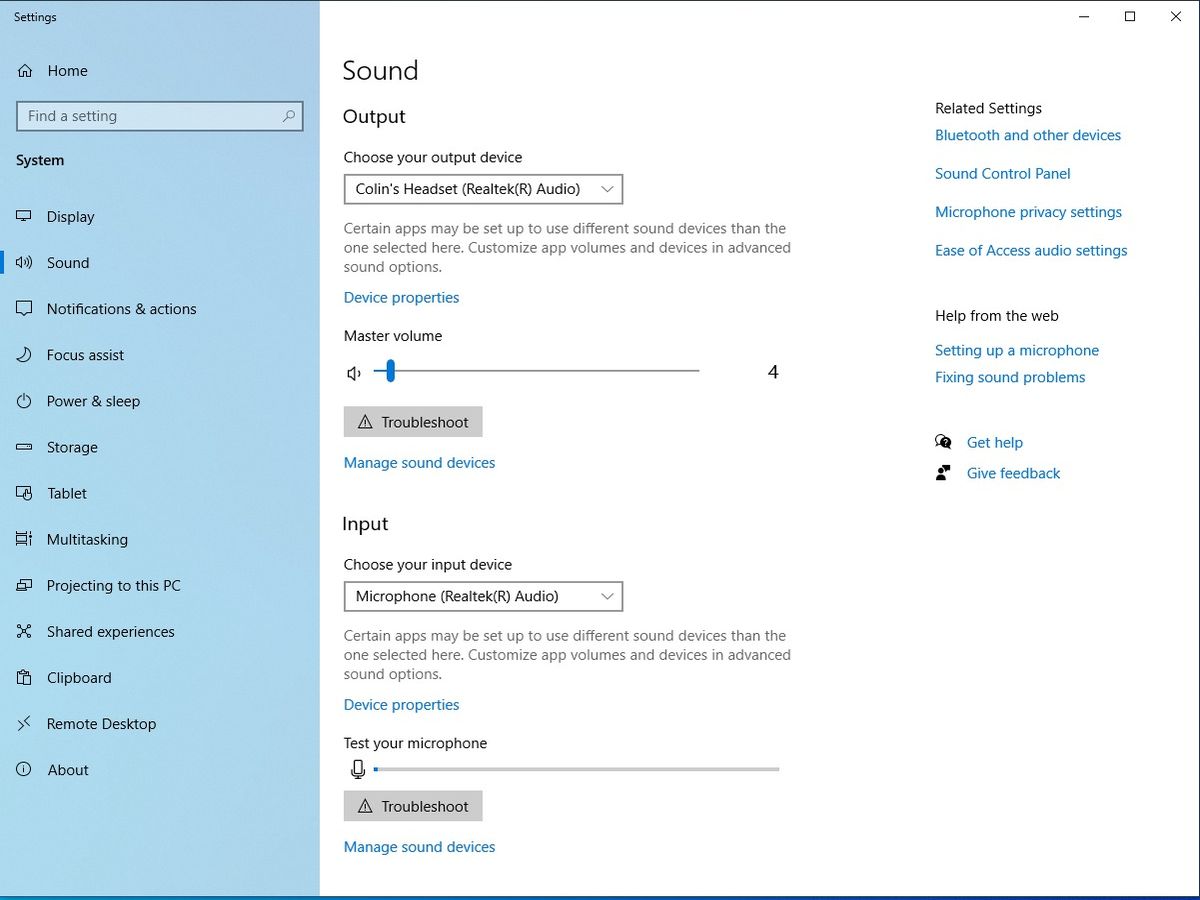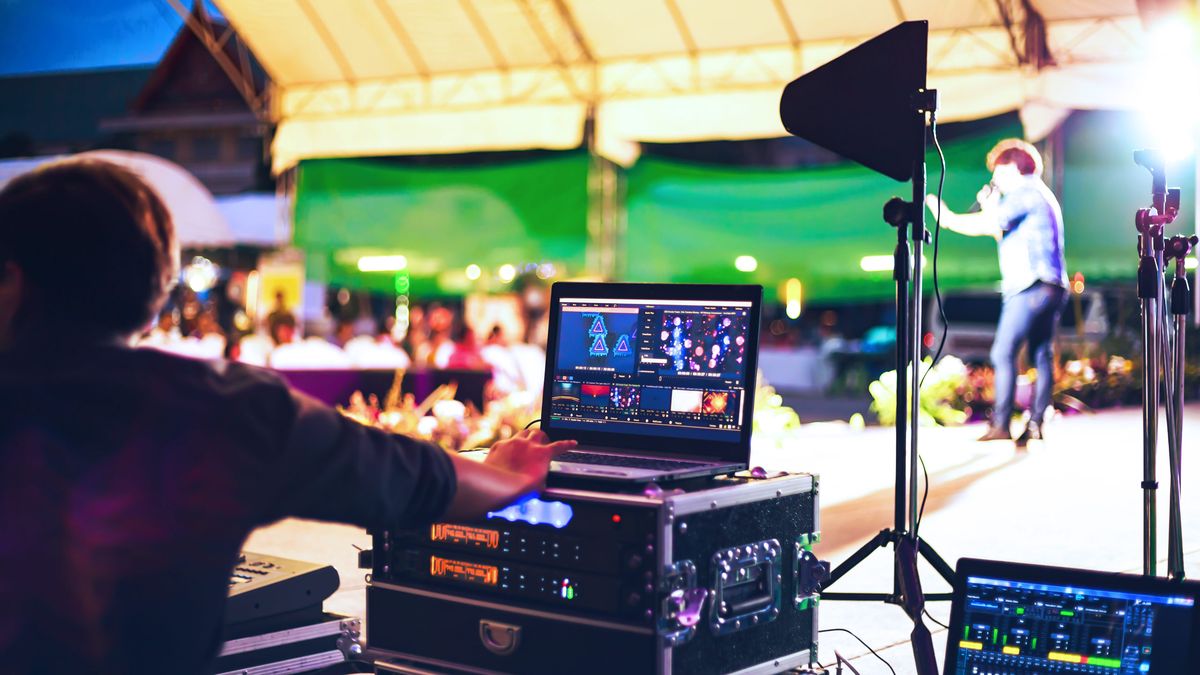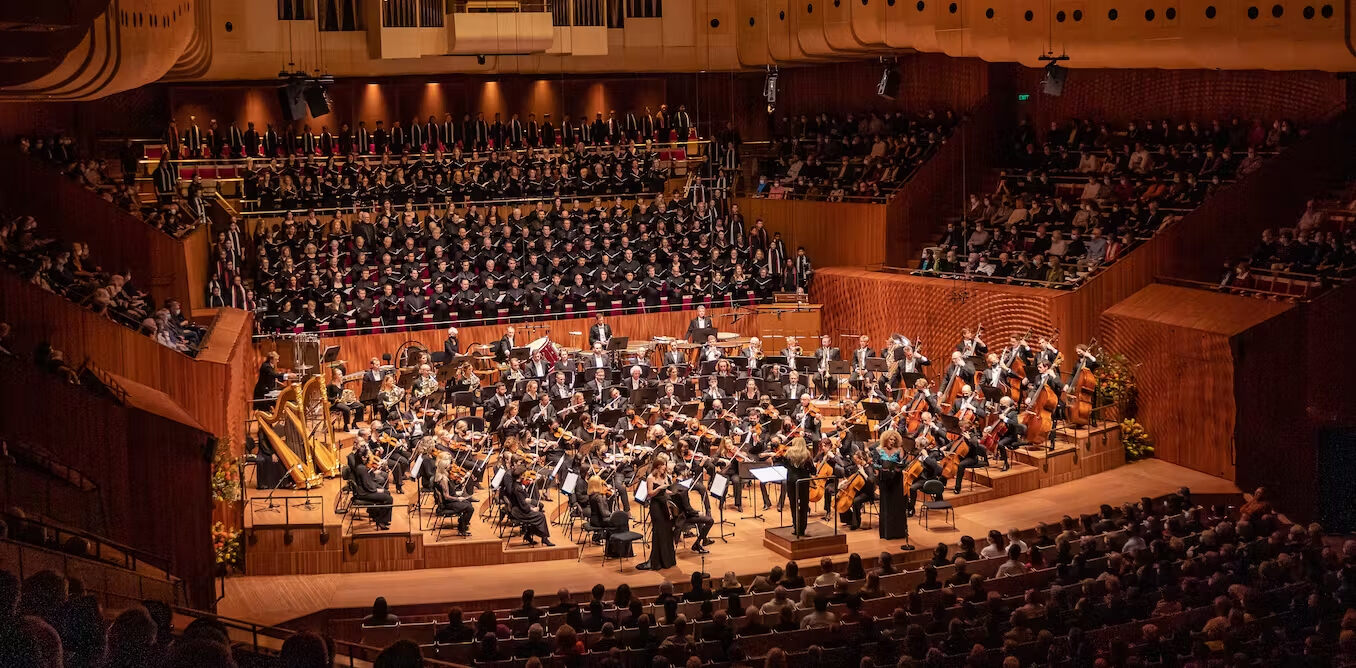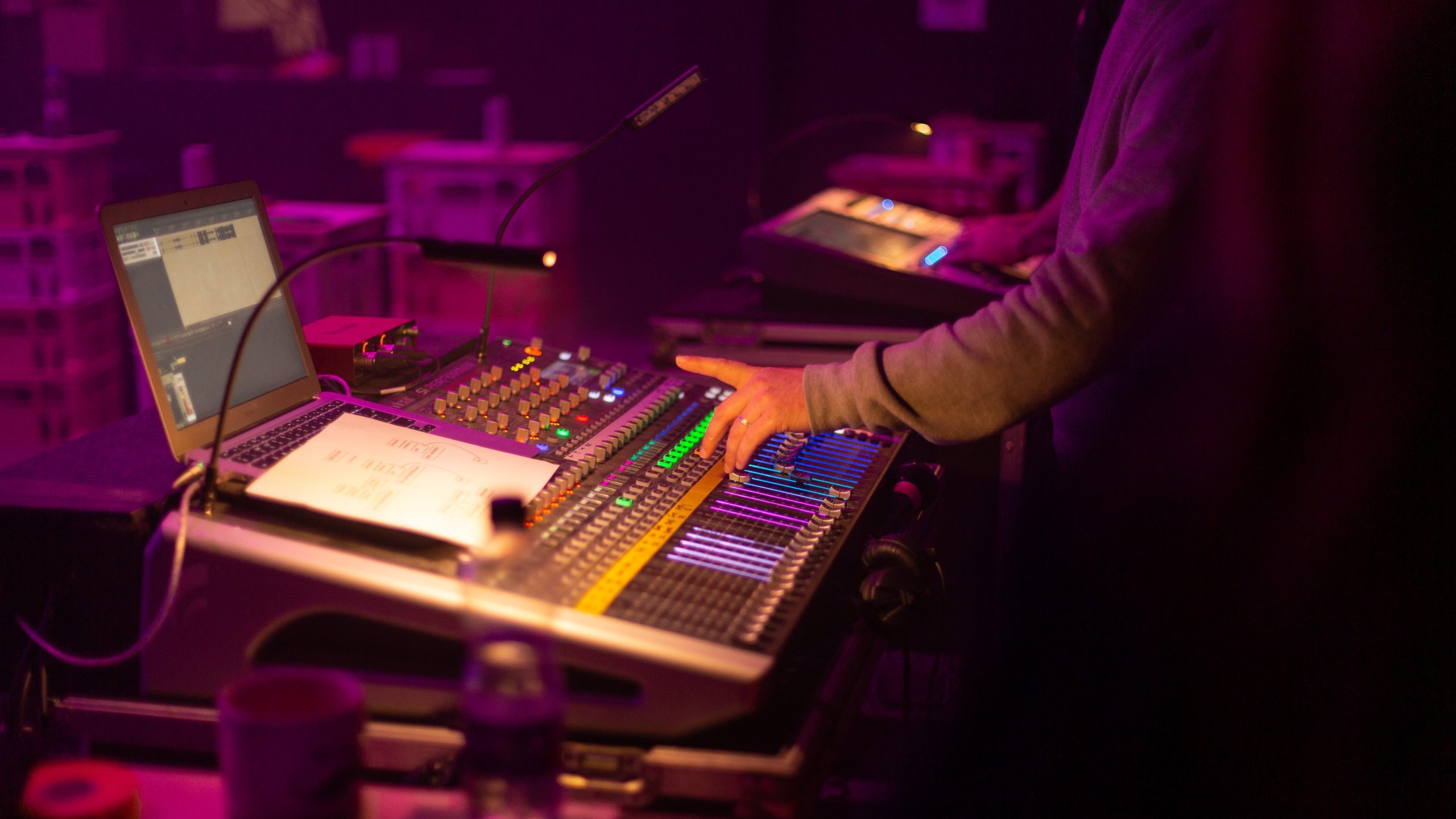Home>Events & Info>Playback>What Is Playback In Concerts


Playback
What Is Playback In Concerts
Published: November 7, 2023
Discover what playback is in concerts and how it contributes to the overall performance. Learn about the role of playback in enhancing sound quality and ensuring a seamless experience for the audience.
(Many of the links in this article redirect to a specific reviewed product. Your purchase of these products through affiliate links helps to generate commission for AudioLover.com, at no extra cost. Learn more)
Table of Contents
Introduction
Playback in concerts has become a prevalent practice in the music industry and has sparked debates among fans, artists, and industry professionals. As technology continues to advance, artists have embraced the use of playback as a means to enhance their live performances. However, this practice has also received criticism for potentially diminishing the authenticity and spontaneity of a live show.
Playback refers to the use of pre-recorded audio tracks during a concert, which are synced to the artist’s performance. These tracks can include vocals, instrumentals, backing vocals, or even entire sections of a song. The purpose of playback is to ensure a flawless and polished performance, allowing the artist to focus on their stage presence and interact with the audience without the worry of live technical issues.
There are varying degrees of playback usage in concerts, ranging from subtle enhancements to full-on lip-syncing. Some artists use playback sparingly to complement their live vocals, while others rely heavily on it to recreate intricate studio production elements that cannot be replicated on stage.
Enabling playback requires a combination of technological tools, such as computers, samplers, sequencers, and in-ear monitoring systems. These systems allow the artist to have precise control over the playback tracks and ensure synchronization with their live performance.
The controversy surrounding playback in concerts stems from a conflict between artistic integrity and the pursuit of a flawless show. On one hand, fans expect to witness an authentic and genuine experience from their favorite artists. On the other hand, artists strive to deliver the best possible performance, which may be aided by the use of playback.
In the following sections, we will explore the definition of playback in concerts, its uses, benefits, drawbacks, and examine examples of popular artists who have embraced this practice. We will also discuss the criticisms and controversies that surround the use of playback. By delving into these aspects, we can gain a better understanding of the impact that playback has on the live music experience.
Definition of Playback in Concerts
Playback in concerts refers to the practice of using pre-recorded audio tracks during live performances. These tracks are synchronized with the artist’s onstage performance, providing additional elements such as vocals, instrumentals, backing vocals, or even entire sections of a song.
The use of playback allows artists to recreate the studio sound and production quality that fans are accustomed to hearing on their recorded albums. It ensures a consistent and polished performance, free from technical issues that may arise during a live show.
Playback can be implemented in different ways, depending on the artist’s preferences and the requirements of the performance. It can involve subtle enhancements, such as layering live vocals with pre-recorded harmonies or adding instrumental tracks to fill out the sound. Alternatively, it can encompass more extensive usage, such as lip-syncing to pre-recorded vocals or relying heavily on pre-recorded instrumentals.
Technologically, playback is achieved through the use of various tools and equipment. These may include computers, samplers, sequencers, and in-ear monitoring systems. The playback tracks are typically stored digitally and controlled by the artist or their team during the live performance.
It is important to note that playback in concerts is distinct from lip-syncing, although they share some similarities. Lip-syncing involves miming the lyrics and actions while the actual vocals are played from a recording. While some artists may choose to lip-sync entirely, others use playback to enhance their live vocals while still maintaining a level of authenticity.
Playback is most commonly used in larger-scale productions, such as arena shows and stadium concerts, where the artist aims to deliver a visually and sonically immersive experience. However, it can also be found in smaller venues and performances, depending on the artist’s preferences and the complexity of their music.
Overall, playback in concerts is a tool that artists utilize to enhance their live performances and replicate the studio sound. It allows for a more consistent and technically flawless show, while still aiming to provide an enjoyable and engaging experience for the audience.
The Use of Playback in Concerts
The use of playback in concerts has become increasingly prevalent in the music industry. Artists employ playback for various reasons, ranging from enhancing their live vocals to recreating complex production elements that cannot be replicated on stage. This practice has both its advantages and drawbacks, and its implementation can vary widely depending on the artist’s preferences and the nature of the performance.
One of the primary uses of playback in concerts is to enhance the live vocals of the artist. This allows them to deliver a more consistent and polished vocal performance, especially for songs with intricate harmonies or vocal effects that are difficult to reproduce live. By blending their live vocals with pre-recorded tracks, artists can achieve a fuller sound and maintain the studio-quality experience that fans expect.
Additionally, the use of playback enables artists to recreate complex instrumental sections that would otherwise require a large backing band or extensive technical setup. By incorporating pre-recorded instrumentals, artists can faithfully reproduce the intricate arrangements and production elements of their songs, providing a dynamic and immersive experience for the audience.
Playback also allows artists to choreograph and synchronize their performances more precisely. By having specific cues and timing cues in the playback tracks, artists can coordinate their movements, stage effects, and visual elements seamlessly. This helps to create a visually captivating and cohesive show, elevating the overall concert experience.
Moreover, playback can be particularly beneficial for artists who engage in elaborate stage productions, incorporating dancers, elaborate sets, and pyrotechnics. In these cases, playback serves as a backbone to ensure seamless synchronization between the various elements of the performance, minimizing the risk of technical glitches and ensuring a visually stunning and coherent show.
While the use of playback offers several advantages, it is not without its drawbacks. One of the main concerns is the potential loss of authenticity and spontaneity in a live performance. Some critics argue that relying too heavily on playback can compromise the genuine connection between the artist and the audience, as it gives the impression that the performance is heavily scripted and lacks the raw energy of a truly live experience.
Furthermore, the use of playback can also raise questions about the artistic integrity of the artist. Lip-syncing, which involves miming to pre-recorded vocals, is often seen as deceptive and misleading. Fans expect to see their favorite artists deliver a genuine live performance, and the perception that an artist is merely mouthing along to pre-recorded vocals can be disappointing for audiences.
In the next section, we will explore examples of artists who have embraced the use of playback in their concerts and examine how they strike a balance between utilizing playback for a technically flawless show while maintaining authenticity and connection with their audience.
Benefits and Drawbacks of Playback in Concerts
The use of playback in concerts offers several benefits, but also comes with its fair share of drawbacks. Understanding both sides of the equation can shed light on the impact of playback on the live music experience.
One of the primary benefits of playback is the ability to deliver a technically flawless performance. By incorporating pre-recorded tracks, artists can ensure that every vocal harmony, intricate instrument arrangement, or production element is executed precisely as intended. This creates a polished and consistent show that can enhance the overall enjoyment of the audience.
Playback also allows artists to overcome common technical issues that can occur during live performances. Sound system glitches, microphone malfunctions, or even voice strain can all be minimized or controlled with the use of pre-recorded audio tracks. This ensures that the audience receives a consistent and high-quality experience, even in challenging acoustic environments.
Furthermore, playback enables artists to replicate the studio sound and production quality that fans are accustomed to hearing on their recorded albums. This can be particularly important for artists whose music relies heavily on intricate arrangements or elaborate production elements that cannot be easily recreated in a live setting. Playback helps bridge the gap between the studio and the stage, ensuring that fans receive a faithful representation of the artist’s recorded work.
On the other hand, there are drawbacks to consider when it comes to playback in concerts. One of the main criticisms is the potential loss of authenticity and spontaneity in a live performance. The reliance on pre-recorded elements can give the impression that the performance is heavily rehearsed and lacks the organic energy of a truly live experience. Consequently, some fans may feel disconnected from the artist and yearn for the excitement and unpredictability of a raw live show.
Another concern is the issue of lip-syncing, which involves miming to pre-recorded vocals. While some artists utilize playback to enhance their live vocals, others may rely on lip-syncing entirely. This practice has drawn criticism as it can create a sense of deception and mislead fans who expect to witness a genuine live vocal performance. Lip-syncing can diminish the trust between the artist and the audience, leading to disappointment and a loss of authenticity in the eyes of the fans.
It is essential for artists to strike a balance between utilizing playback as a tool for improving the technical aspects of their performance and ensuring a genuine connection with their audience. By carefully considering the benefits and drawbacks of playback, artists can make informed decisions that align with their artistic vision while maintaining the integrity and authenticity that fans crave.
Examples of Artists Utilizing Playback in Concerts
Playback in concerts has become a widely accepted practice among artists across different genres. Many renowned musicians have incorporated playback into their live performances to enhance the overall experience for their fans. While the extent of playback usage varies among these artists, they have found ways to strike a balance between utilizing playback for a technically flawless show and maintaining authenticity on stage.
One notable artist who utilizes playback in concerts is Madonna. Known for her extravagant stage productions and complex choreography, Madonna incorporates playback to synchronize her vocals with intricate dance routines. This allows her to focus on her performance without compromising the energy and precision of her live shows.
Another artist known for utilizing playback is Beyoncé. Renowned for her powerful vocals and elaborate stage productions, Beyoncé incorporates pre-recorded backing vocals to enhance the richness of her live performances. By layering her live vocals with pre-recorded harmonies, she is able to reproduce the intricate vocal arrangements of her songs while maintaining a strong connection with her audience.
In the pop genre, artists like Britney Spears and Justin Timberlake have also embraced the use of playback in concerts. Both artists have been known to incorporate pre-recorded vocals and backing tracks to enhance their live performances. While they have faced criticism for relying too heavily on playback at times, they have also found ways to incorporate live elements and engaging stage presence to maintain a balance between authenticity and technical perfection.
In the electronic music world, artists like Daft Punk and Deadmau5 have incorporated playback into their live performances to recreate the intricate electronic production of their music. These artists use playback to synchronize complex synthesizers, samples, and effects, allowing them to deliver a visually captivating and sonically immersive experience for their audience.
Rock bands have also utilized playback to recreate studio elements or fill out the sound on stage. Artists like Muse and Thirty Seconds to Mars rely on playback to incorporate additional layers of instrumentation, such as orchestral arrangements or atmospheric sounds, and create a more epic and larger-than-life live experience.
It’s essential to note that while these artists utilize playback in their concerts, they also incorporate live elements to maintain the energy and authenticity of their performances. They strike a balance between using playback for technical enhancements and delivering an engaging and genuine live experience for their fans.
Overall, the use of playback in concerts is a tool that artists across various genres have embraced to create visually stunning, sonically impressive, and technically flawless live shows. By implementing playback strategically alongside live elements, these artists have found ways to captivate their audiences while maintaining their integrity as performers.
Criticisms and Controversies Surrounding Playback in Concerts
While the use of playback in concerts has become commonplace, it has not been without its fair share of criticisms and controversies. The practice of incorporating pre-recorded audio tracks during live performances has sparked debates regarding the authenticity and integrity of a live show.
One of the main criticisms is the potential loss of authenticity and spontaneity. Many fans attend concerts hoping to witness the raw energy and unique moments that can only happen in a live setting. The reliance on playback, particularly when artists lip-sync to pre-recorded vocals, can create a sense of deception and disconnect. It raises questions about whether the artist is truly performing or simply miming along to a pre-recorded track.
Another concern is the impact on the connection between the artist and the audience. Fans expect to experience a genuine and personal interaction with their favorite artists during concerts. However, the heavy use of playback can create a perception that the performance is heavily scripted and lacks the personal touch that comes with a truly live show. This can potentially alienate fans who crave a more authentic and intimate experience.
Moreover, the use of playback raises questions about the skill and talent of the artist. Some argue that relying too heavily on pre-recorded tracks and backing vocals undermines the artist’s ability to deliver a strong and captivating live performance. It can create skepticism regarding the artist’s actual vocal and musical abilities, leading to a loss of credibility in the eyes of the audience.
Additionally, there are concerns about the impact of playback on the live music industry as a whole. Critics argue that the use of pre-recorded tracks can discourage the development of new talents and discourage the need for live musicians and backing bands. This can have a negative impact on the job market for musicians, creating a shift away from truly live performances toward more technologically driven shows.
Despite these criticisms, artists have defended their use of playback in concerts by emphasizing its benefits in terms of technical precision and allowing for elaborate stage productions. They argue that incorporating playback enhances the overall visual and auditory experience for the audience, ensuring a flawless and immersive show. They also highlight the importance of striking a balance between utilizing playback strategically and incorporating live elements to maintain authenticity.
It is crucial for artists to address these criticisms and controversy surrounding playback in concerts by engaging with their audience, being transparent about their use of playback, and finding ways to showcase their live talent alongside the pre-recorded elements. By demonstrating a commitment to authenticity and delivering impactful live performances, artists can work toward resolving these concerns and bridging the gap between technological enhancements and genuine human connection in the live music experience.
Conclusion
Playback in concerts has become a significant aspect of the modern music industry, allowing artists to enhance their live performances and replicate the studio sound that fans are accustomed to. While it offers benefits such as technical precision and the ability to recreate complex production elements, it has also garnered criticisms and controversies concerning authenticity and the connection between artists and their audience.
By utilizing playback strategically, artists can strike a balance between delivering a technically flawless show and maintaining the authenticity that fans seek in a live performance. The examples of artists like Madonna, Beyoncé, and Muse demonstrate how playback can be integrated alongside live elements to create visually stunning and sonically impressive concerts that resonate with audiences.
It is crucial for artists to be transparent about their use of playback and to address the concerns raised by fans and critics. Engaging with the audience and showcasing their live talent alongside the pre-recorded elements can help bridge the gap between technological enhancements and genuine human connection in the live music experience.
However, it is also important to acknowledge the value of authenticity and the unique moments that can only happen in a live show. Striving for a balance between technical perfection and raw energy can ensure that concerts remain captivating and memorable for audiences worldwide.
In conclusion, playback in concerts is a complex and controversial topic in the music industry. While it offers benefits in terms of technical precision and the ability to deliver visually captivating performances, it is crucial for artists to navigate the use of playback with integrity and a commitment to authenticity. By doing so, they can create memorable and immersive live experiences while maintaining a strong connection with their fans.

